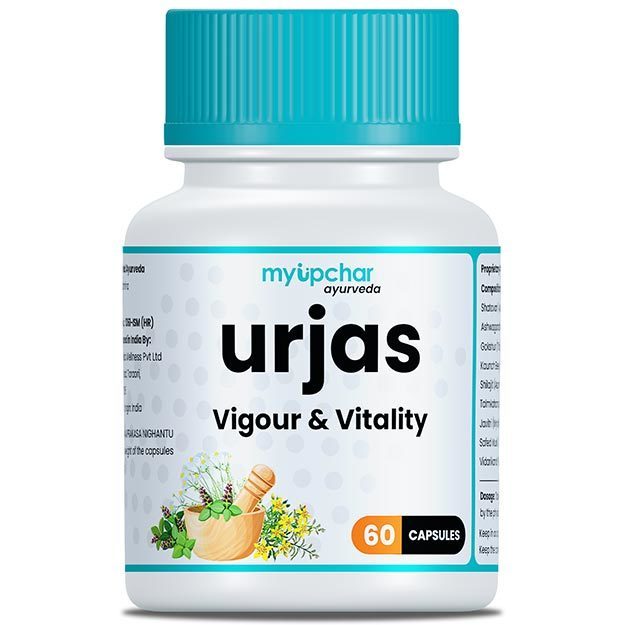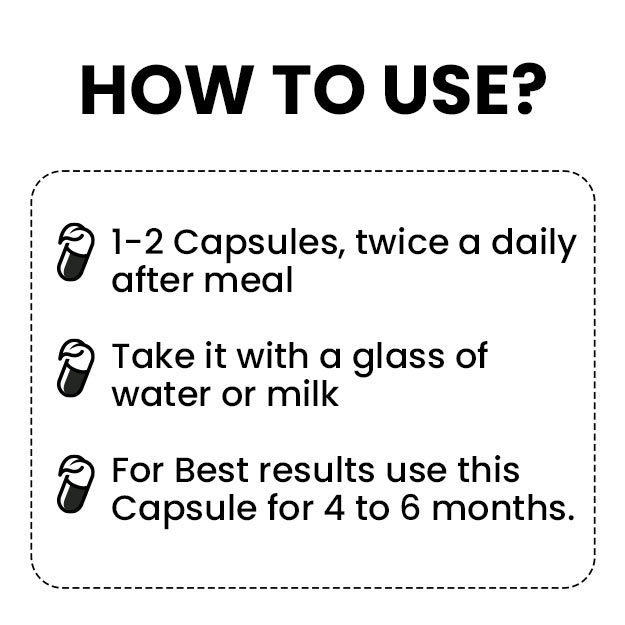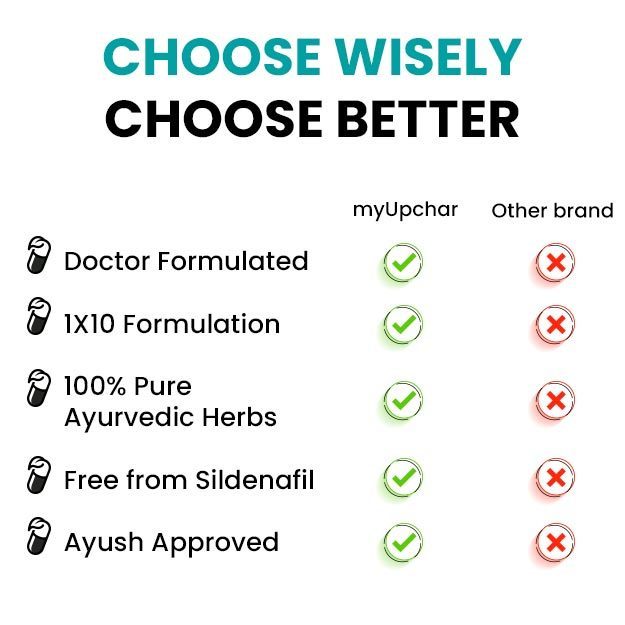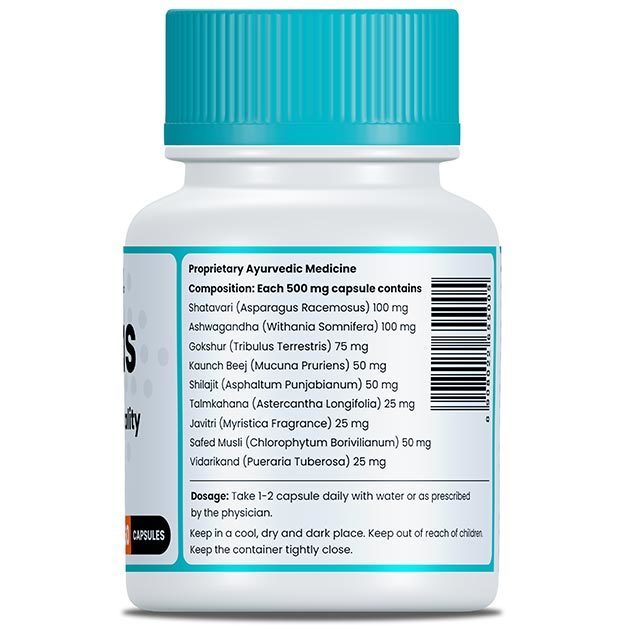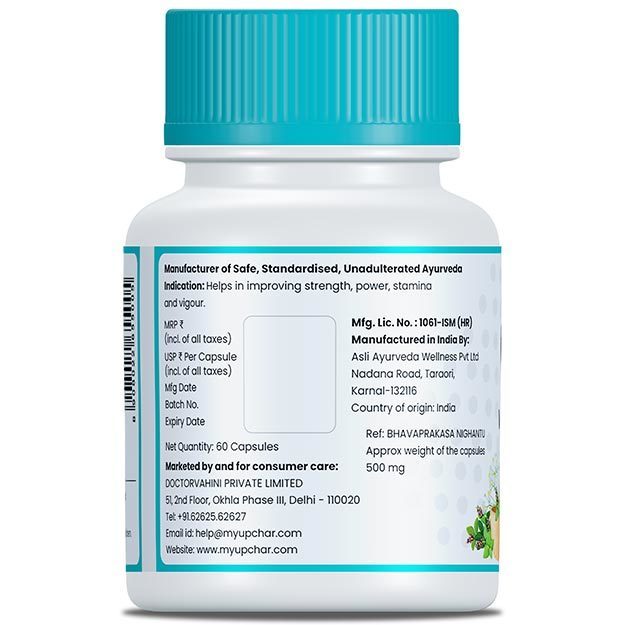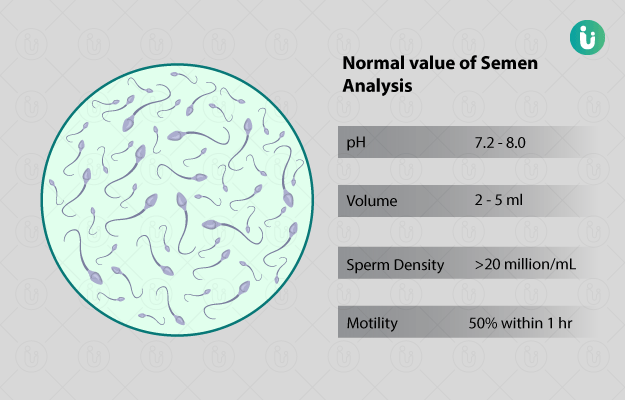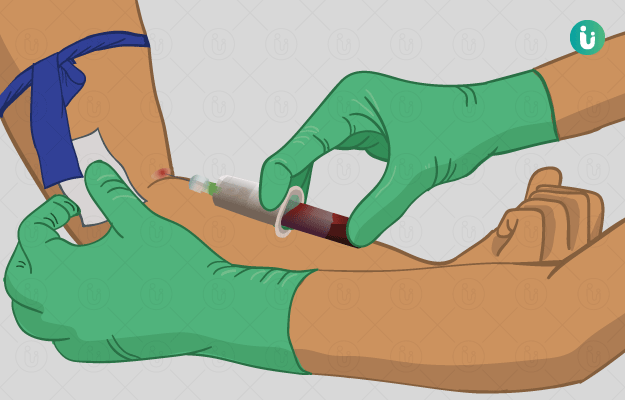What is Antistreptolysin O (ASO) test?
Our immune system makes Antistreptolysin O (ASO) antibodies to fight infection caused by group A Streptococcus bacteria, the most common culprit in throat and skin infections. Most cases of infection are detected and treated with antibiotics. However, the infection can go untreated or inadequately treated in patients who do not present the typical symptoms (see below). This can lead to complications such as rheumatic fever and glomerulonephritis (a kidney disease). If untreated, these complications can cause further damage to the heart and kidneys. Several patients who have been diagnosed with rheumatic fever and acute glomerulonephritis from streptococcal infection have increased ASO levels.
ASO antibodies are usually produced a week to 10 days after the initial infection; they peak at three to five weeks and subside within six to 12 months. For this reason, they are not effective for detecting acute or existing infections. While the ASO test can help detect prior infections, acute streptococcal infections should be diagnosed by direct streptococcal cultures or the presence of streptococcal antigens.
The name Antistreptolysin O (ASO) comes from streptolysin O, a toxic enzyme produced by group A Streptococcus bacteria.





